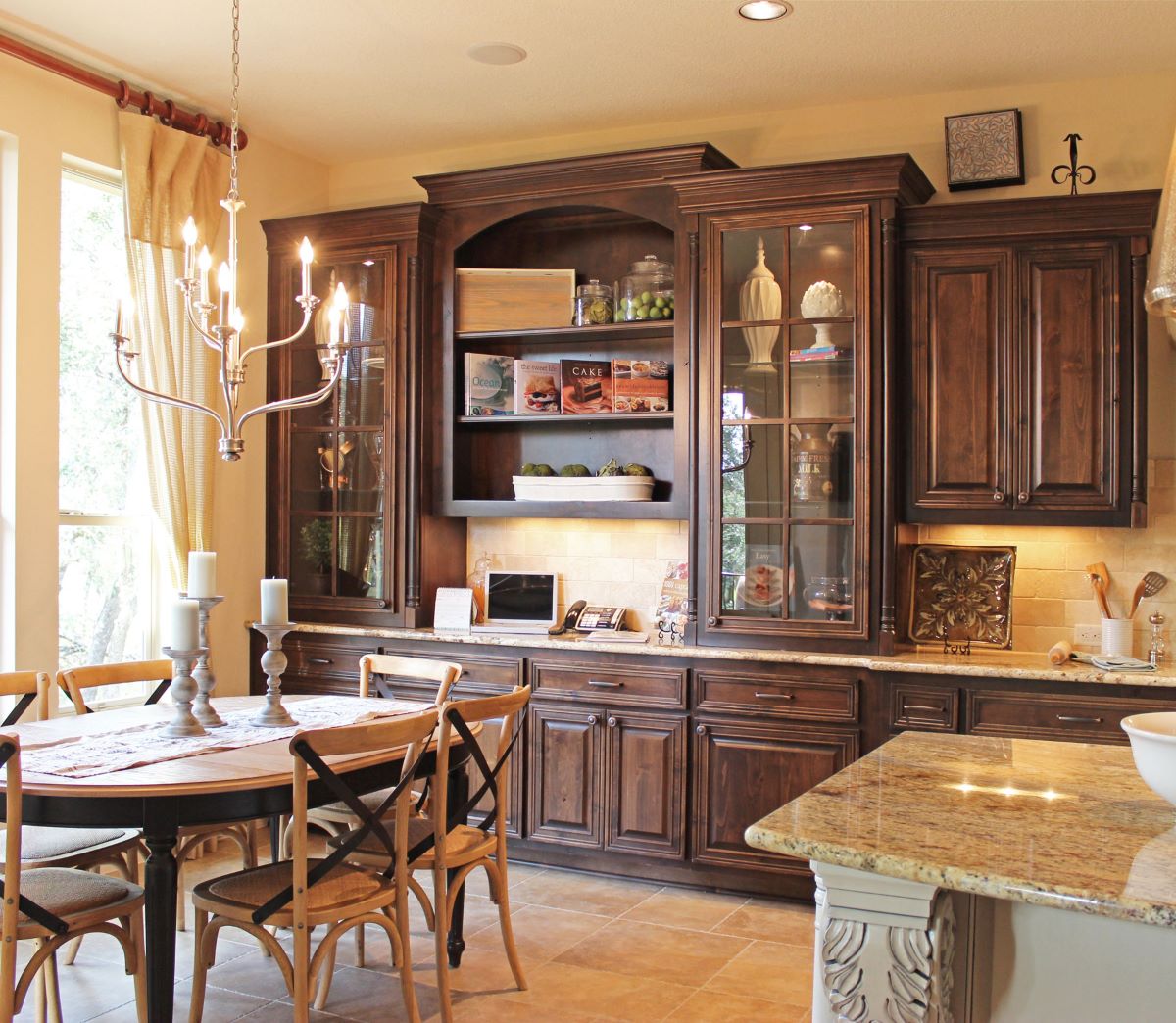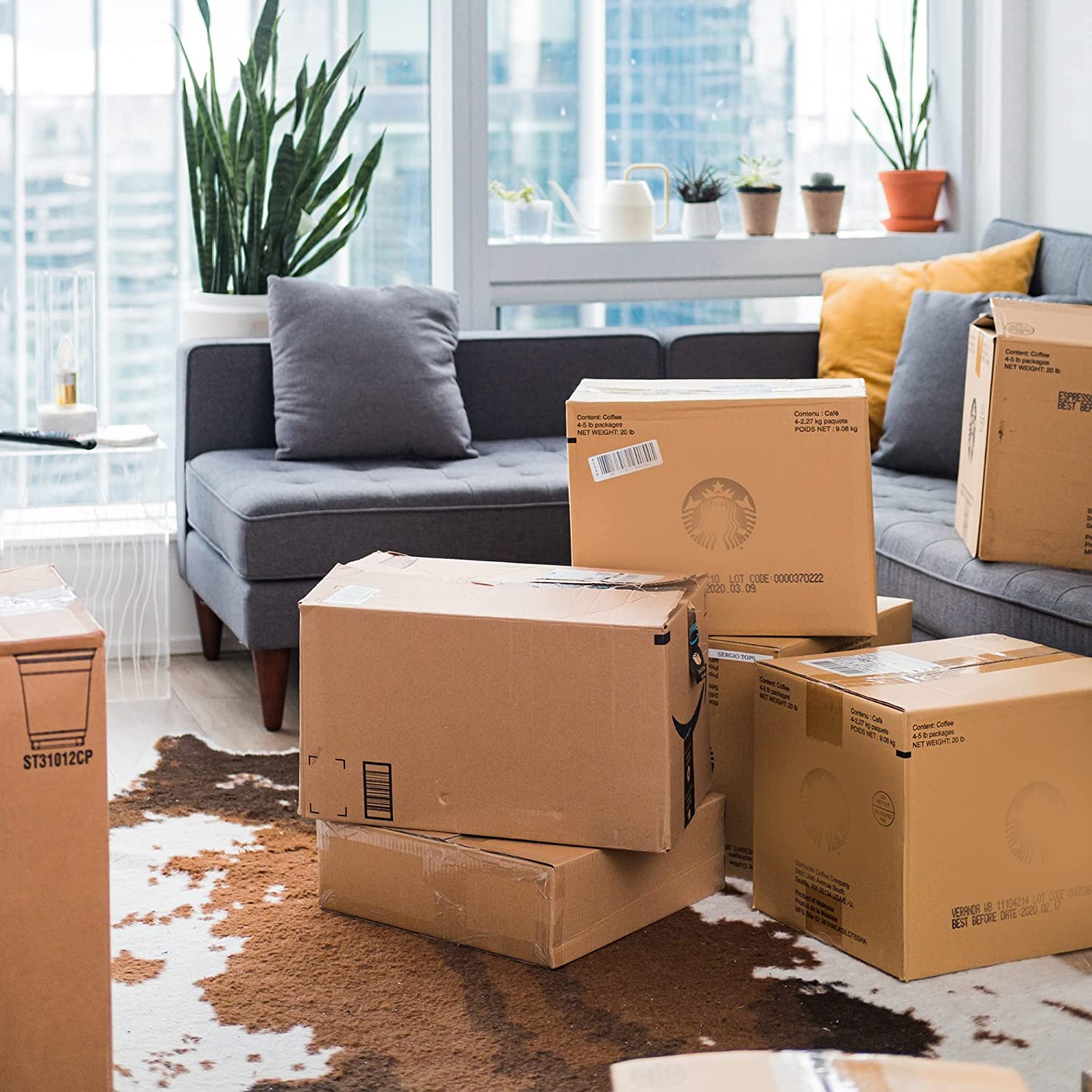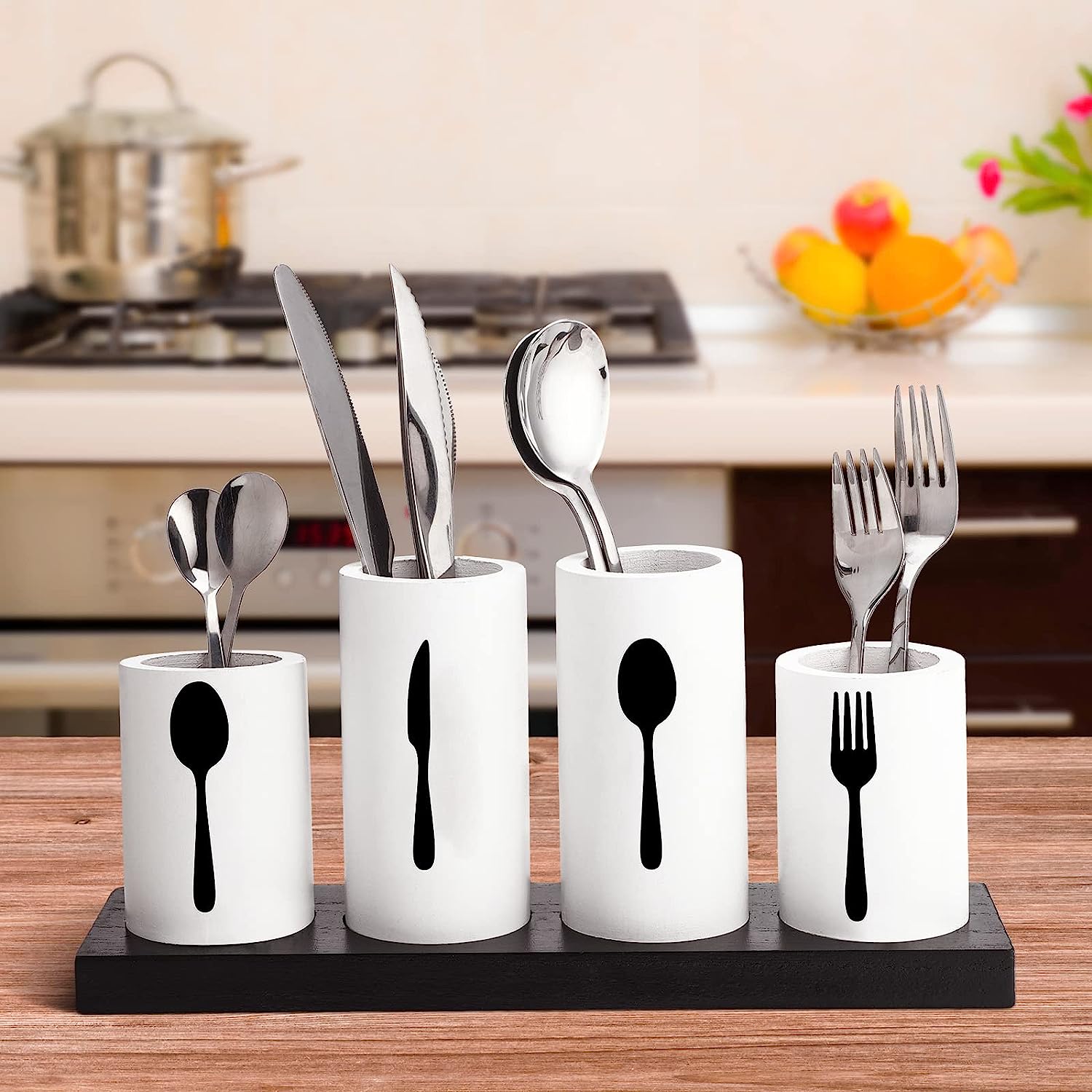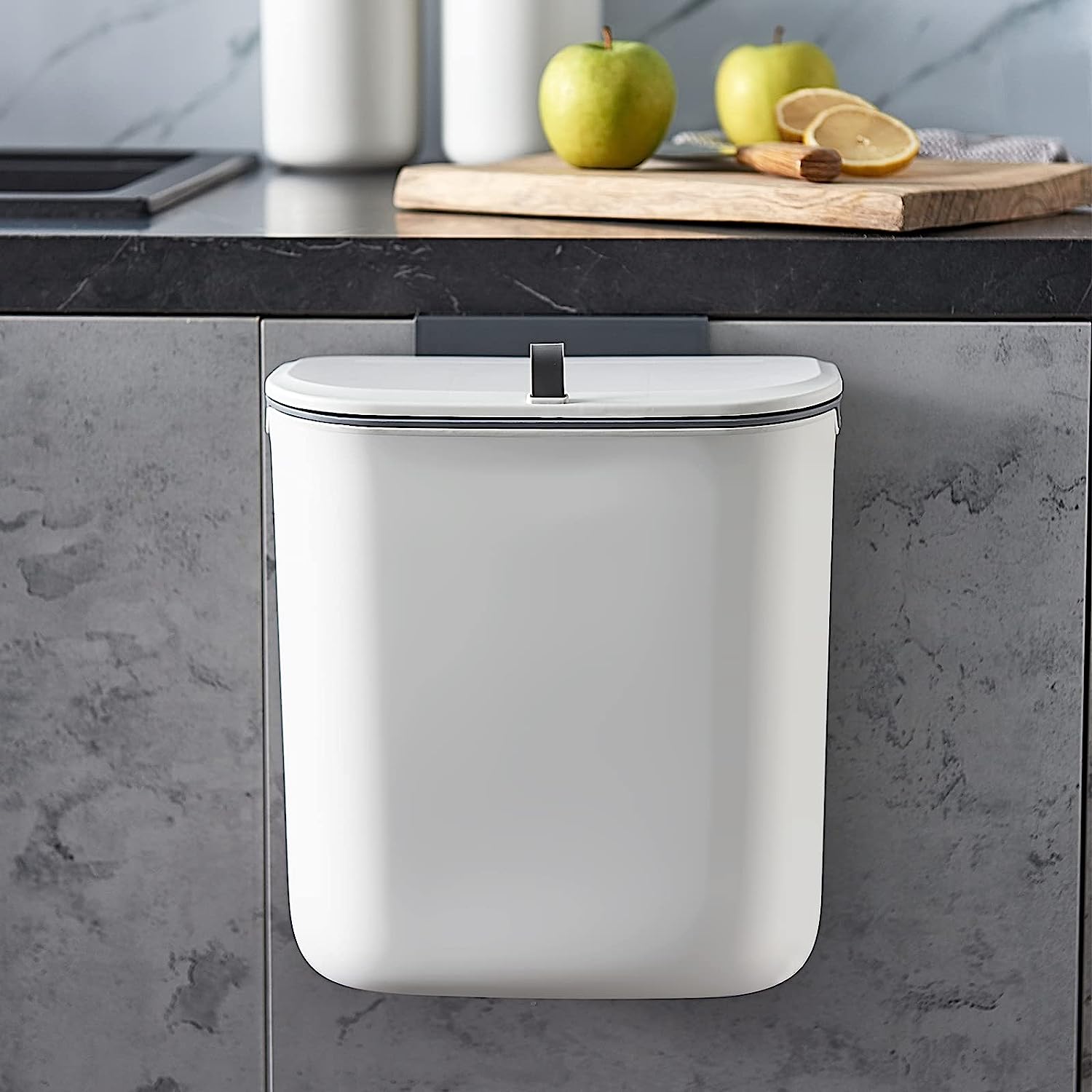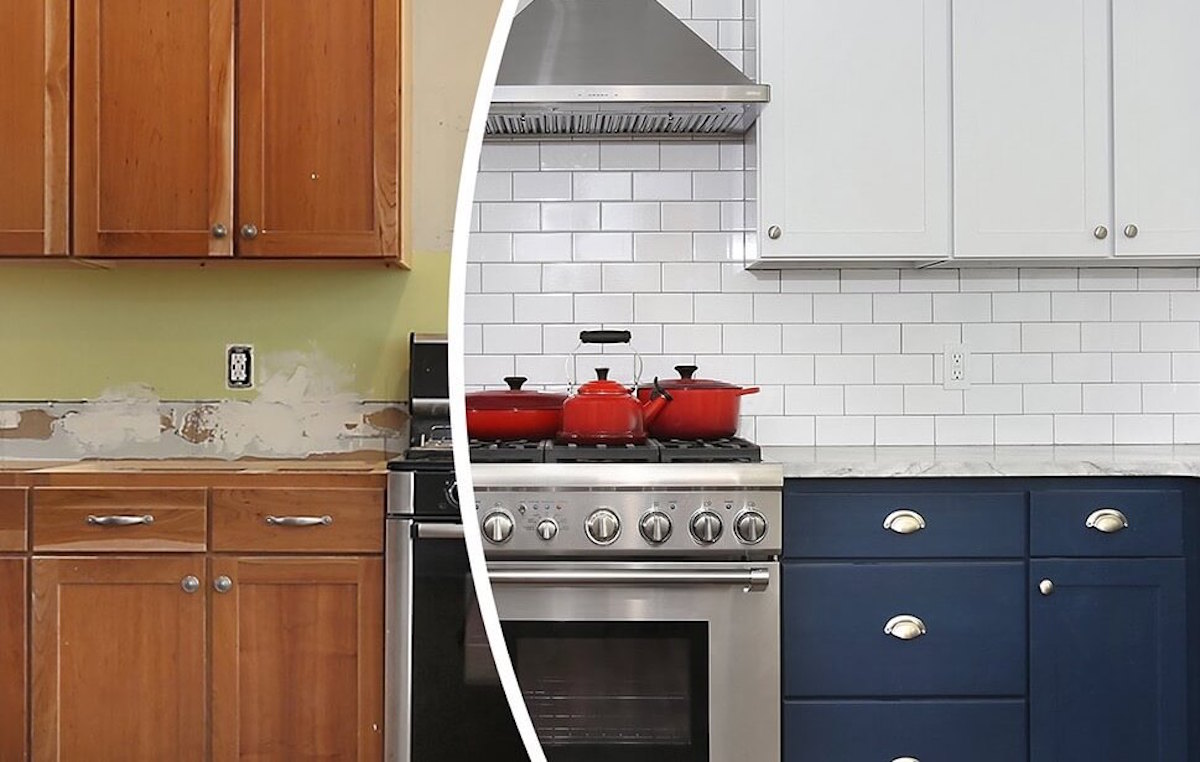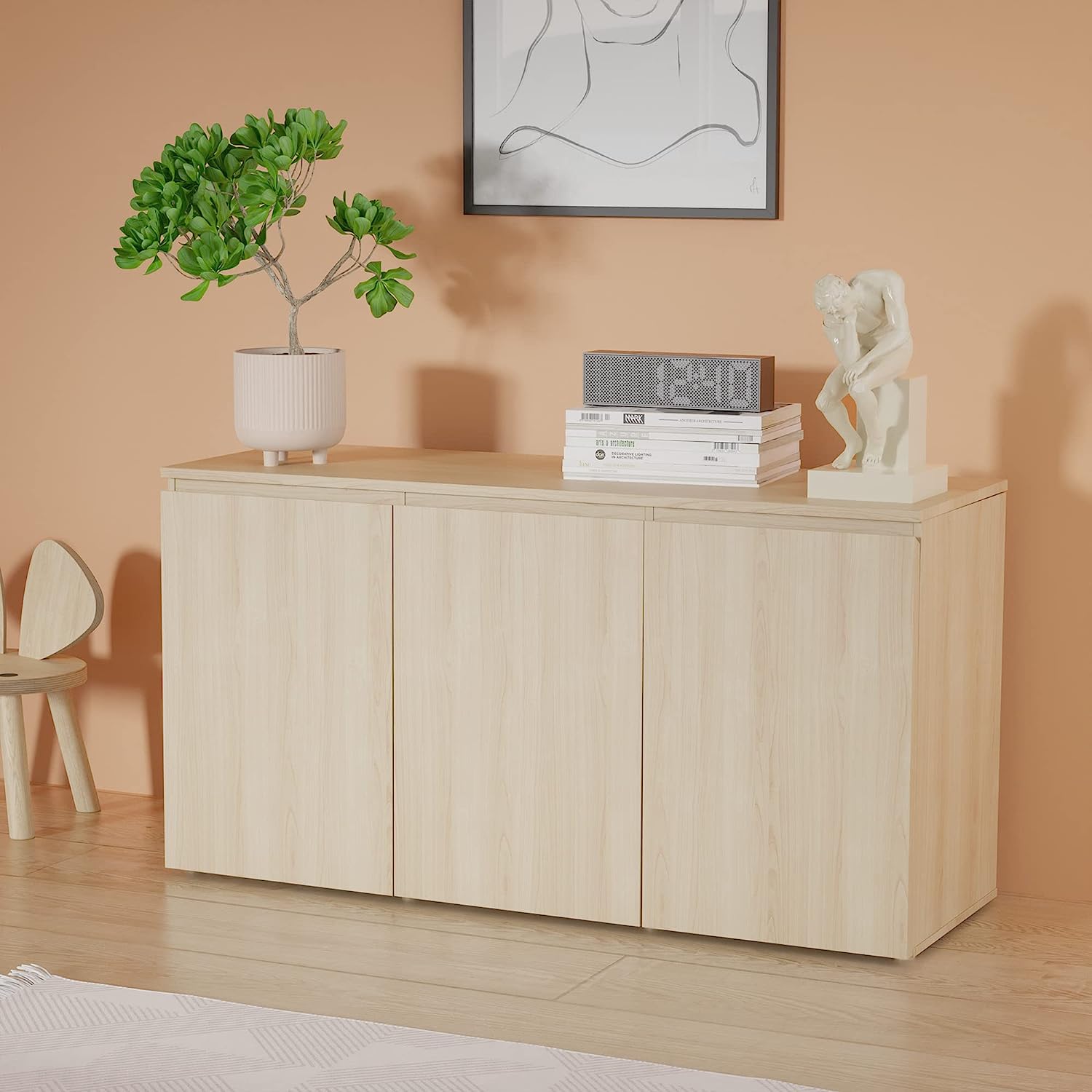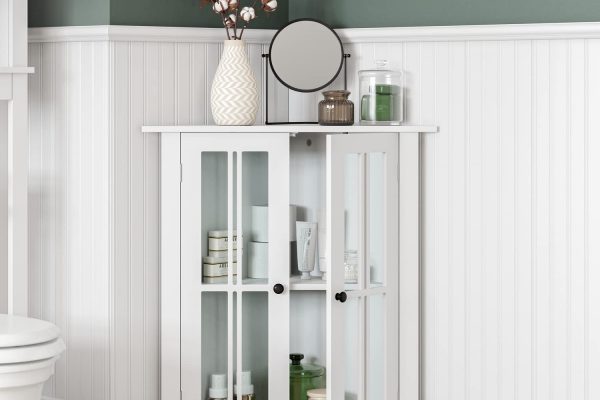Home> Cabinet
Cabinet Essentials: Uncover Secrets to Choosing the Perfect Design
Discover impressive cabinet styles and designs. Learn tips on finding the right cabinet that suits your aesthetic and functional needs. Explore now!
18 Corner Storage Cabinet Picks To Maximize Your Space
By: Daniel Carter • 35 Most Coveted Storage Cabinets In 2022
